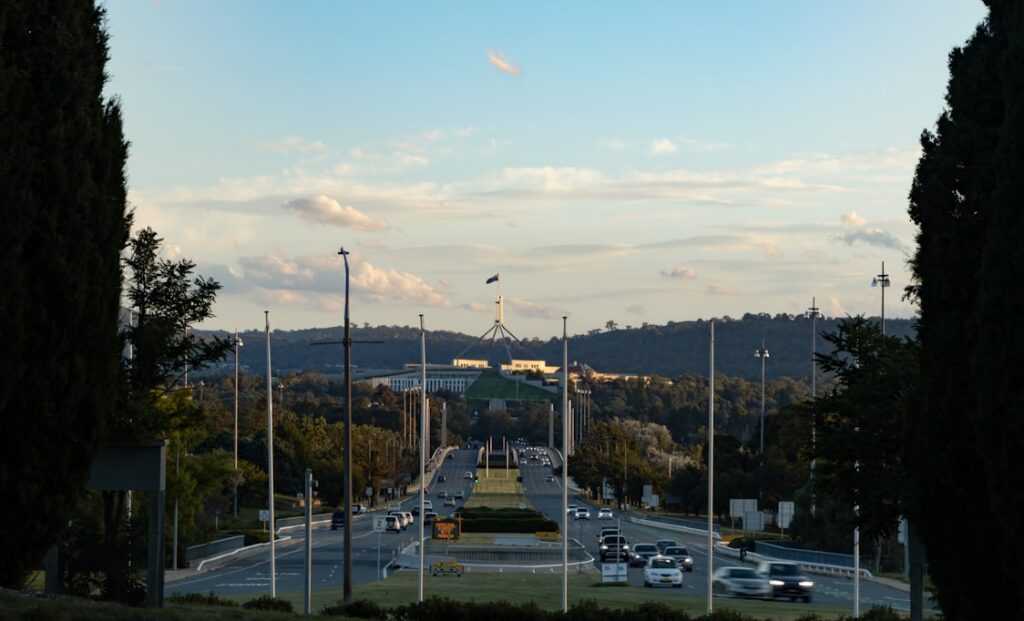
The Barrier Highway in South Australia is set to undergo significant upgrades aimed at enhancing safety and improving freight movements. This initiative involves the reconstruction and enhancement of key junctions at Whyte Yarcowie and Yunta, along with the establishment of new rest areas and upgrades to existing culverts. The project is part of a broader effort to ensure safer travel conditions for both light and heavy vehicles in the Mid North region.
At Whyte Yarcowie, the junction where Barrier Highway intersects with Whyte Road will receive critical improvements. New lighting and safety barriers will be installed, while the road itself will be reconstructed, widened, and spray sealed. These changes aim to facilitate easier access for larger heavy vehicles turning onto Whyte Road. Similarly, the junction at Yunta, which connects Main Street (Tea Tree Road) with Barrier Highway, will also be widened and reconstructed to support heavy vehicle traffic, particularly for operations related to pastoral stations and mining activities in the area.
Funding and Infrastructure Improvements
The project has secured funding of $1,696,800 through the Australian Government’s Heavy Vehicle Rest Area initiative, part of the Safer Local Roads and Infrastructure Program. In addition, a new rest area will be constructed at Winnininnie, while an existing rest area at Bindarrah will be upgraded. These facilities will provide drivers with essential opportunities to take breaks, featuring new shelters and picnic tables for their comfort.
To further enhance infrastructure, two culverts at Winnininnie and one at Bindarrah will be upgraded. This work aims to prevent flooding and reduce road damage, while accommodating larger heavy vehicles. The total funding for these upgrades is part of a broader $62.5 million investment from both the Australian and South Australian governments, with the Albanese Government contributing $50 million and the Malinauskas Government providing $12.5 million.
Construction is set to commence following the completion of early works, including service relocations, with major construction expected to be finished by mid-2026.
Official Statements on the Upgrades
Catherine King, Federal Minister for Infrastructure, Transport, Regional Development and Local Government, emphasized the importance of road safety, particularly in regional areas. She stated, “Improving road safety, particularly on regional and remote roads, is a priority for our government and we are making significant investments in making our roads safer.” King noted that the upgrades will provide stock carriers with an alternative route when transporting sheep from saleyards at Jamestown.
Emily Bourke, South Australian Minister for Infrastructure and Transport, highlighted that the state government is dedicated to enhancing road safety and freight efficiency. “These improvements will not only protect motorists but also help key sectors like agriculture and mining by providing reliable access to important transport corridors,” Bourke explained. She encouraged drivers to use the new rest areas to help prevent fatigue-related incidents, advocating for regular breaks during long journeys.
The significance of the project is further underscored by Karen Grogan, Federal Senator for South Australia, who pointed out that over 730 vehicles pass through these junctions daily, with 220 of them being heavy vehicles. Grogan noted that these upgrades are a continuation of previous improvements made under the Road Safety Program, which were completed in December 2024.
Local Member for Stuart, Geoff Brock, expressed gratitude for the funding received from both levels of government. He stated, “These upgrades will greatly improve road safety on the Barrier Highway and will be particularly appreciated by the transport industry and the large number of tourists who frequently use this key highway.”
Through these enhancements, the Barrier Highway is expected to become a safer and more efficient route for both local and commercial drivers, supporting economic growth and improving the overall travel experience for all users.






